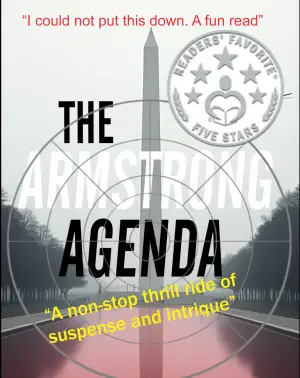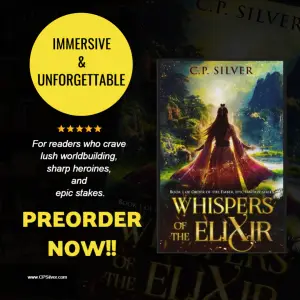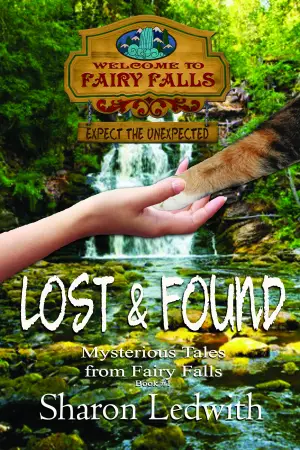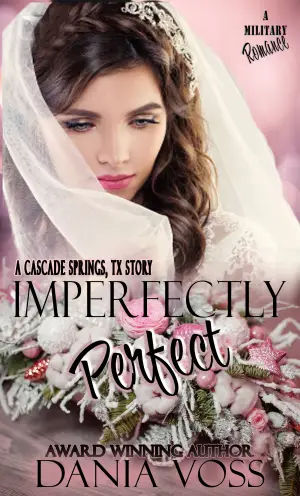Book Review: Time After Time by A.M. Arthur
Time After Time first captured my attention with its intriguing premise: sapphic romance woven through historical and contemporary narratives. As someone who’s always on the lookout for fresh stories, especially those that dare to dive into the complexities of love and identity, I was eager to see how A.M. Arthur would stitch together the past and present.
The book alternates between Elizabeth, a young woman in 1925, and Libby in 2025, exploring their journeys of self-discovery against the backdrop of societal constraints. This dual timeline opened a fascinating dialogue about how much has changed (or not) for women in love. Initially, I found myself connecting deeply with Libby. Her struggles, particularly standing up to her domineering father, felt relatable—yet they also sparked critical reflection on the challenges of navigating family dynamics, especially for those dealing with narcissistic parents. The writing succinctly captures this inner turmoil, making Libby’s journey not just about romance, but also about reclaiming one’s voice.
Arthur’s prowess in creating rich, atmospheric settings stands out. I was envious of the way she brought to life both eras; the charm of Elizabeth’s 1925 contrasted beautifully with contemporary issues Libby confronts. The notion that the house they both inhabit serves as a metaphor for self evokes a deeper understanding of our shared human experience. It’s a thread that resonates throughout the piece, prompting the reader to ask: how much of our past influences our present?
While I initially assumed this would be a straightforward sapphic romance, I appreciated how Arthur subverted typical tropes. The complexities of privilege, the nuances of affection, and the discomfort of power dynamics exist at the heart of Elizabeth and Patricia’s relationship. It raises crucial questions—how can love bloom where the power dynamics are skewed? And how might these echoes of the past shape the present? These reflections lingered for me long after I finished the book.
One moment that stuck with me was Libby’s realization that “the shadow of fear is always bigger and scarier than the fear itself.” This moment encapsulates the essence of growth—an awakening to the things we often fear, both in ourselves and the world around us.
As I lost sleep listening to this story, finding myself tangled in the intertwined fates of Elizabeth and Libby, I recognized the subtle magic of speculative elements. The potential for reincarnation or ghostly presences adds a luscious layer of intrigue, reinforcing that love’s echoes sometimes transcend time.
Who Is This Book For?
Time After Time will resonate with readers who enjoy layered narratives and characters steeped in complexity. If you’re looking for a romance that doesn’t shy away from examining the nuances of love—especially sapphic love within societal confines—this book’s for you. Its lightness paired with deeper commentary on moral responsibility and privilege made it an engaging and surprisingly thoughtful read.
Ultimately, it left me cradling mixed feelings—simultaneously content with the narrative’s resolution while pondering its ethical implications. This blend of escapism and reflection is why I devoured Arthur’s work. It’s a reminder that time, love, and history are intricately woven together in the richest tapestries of our lives.






